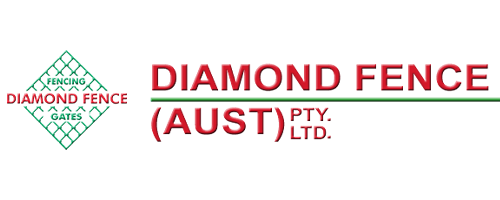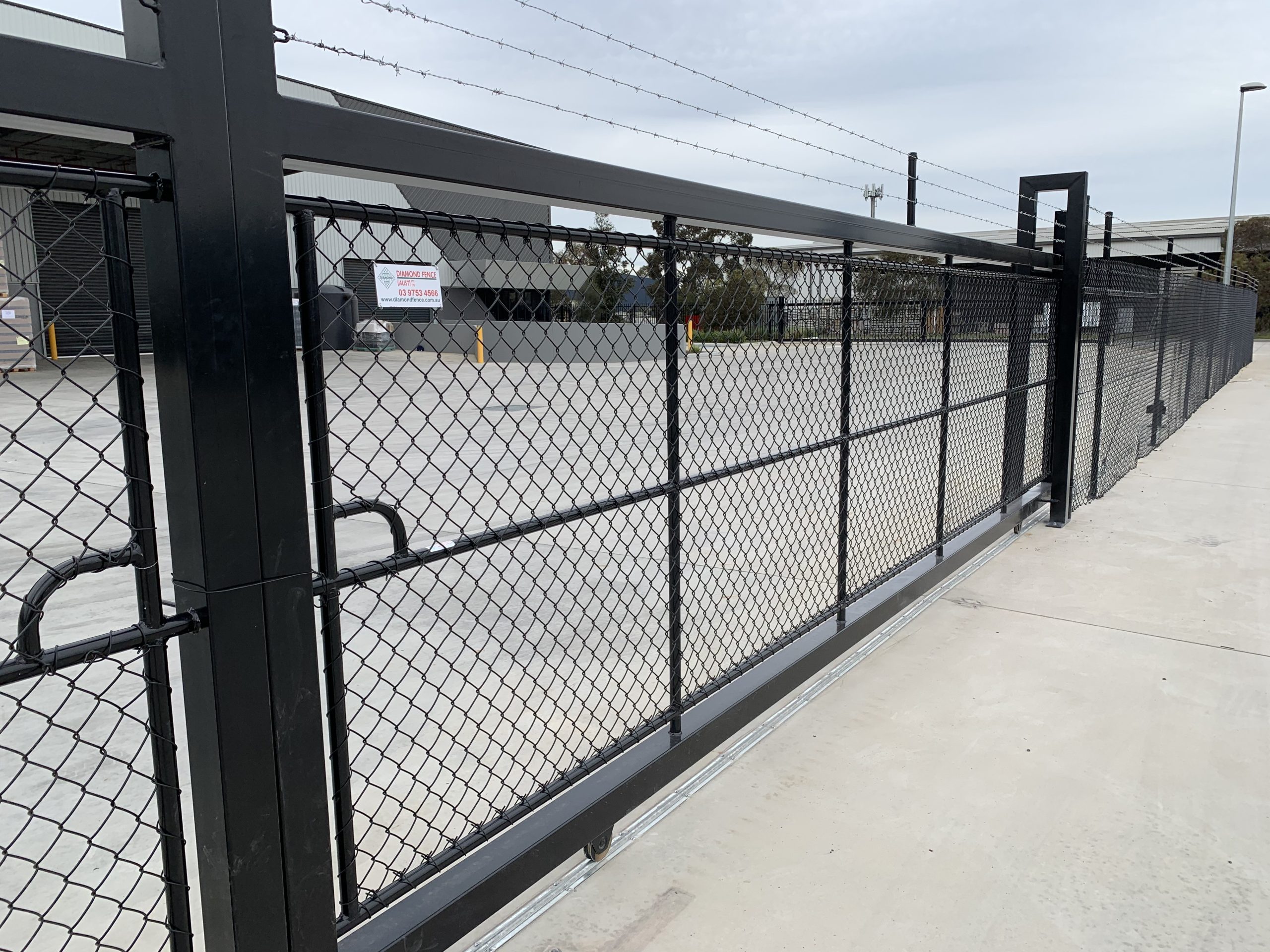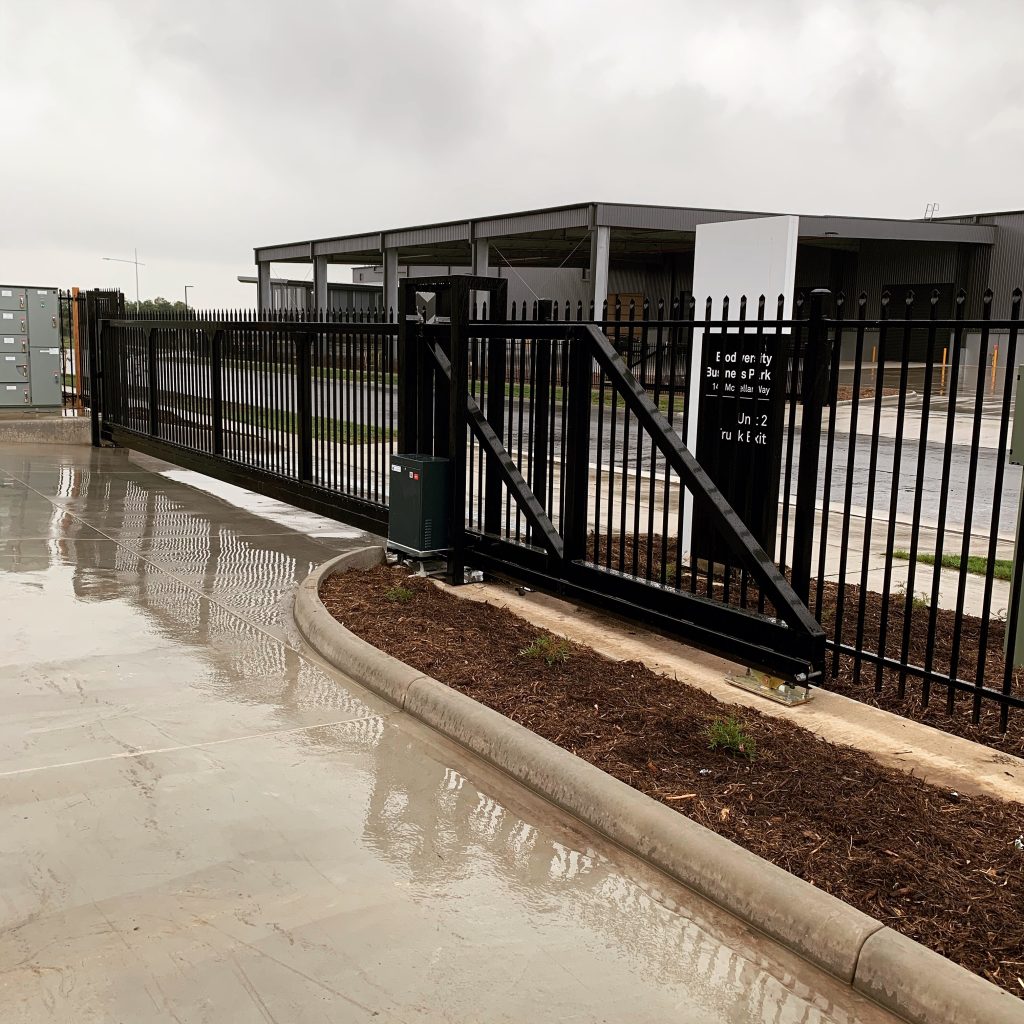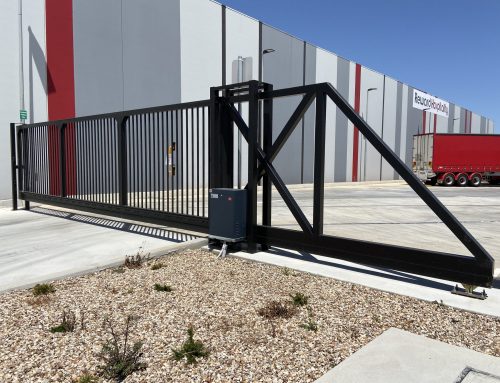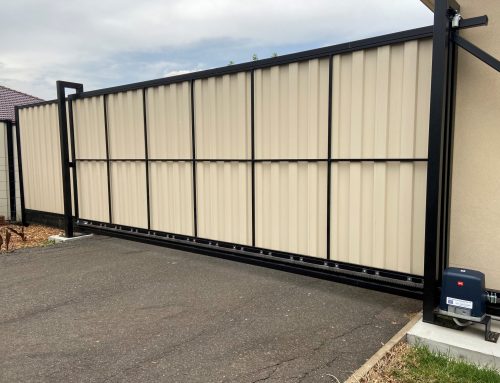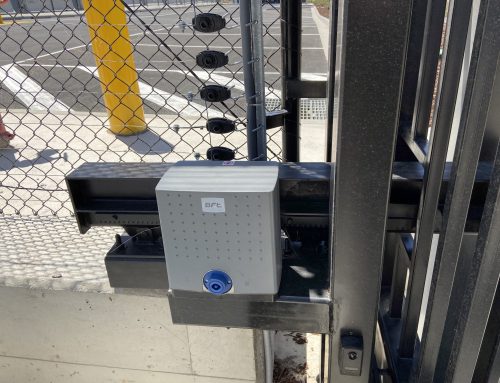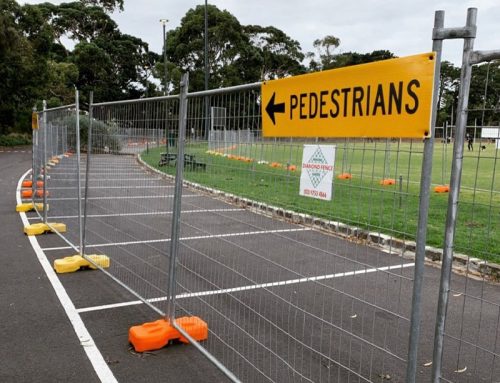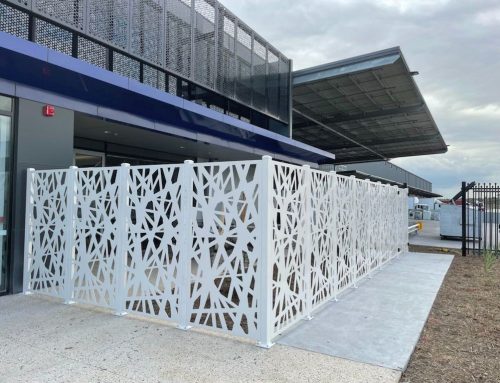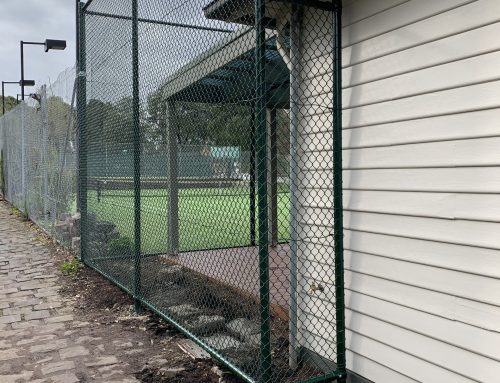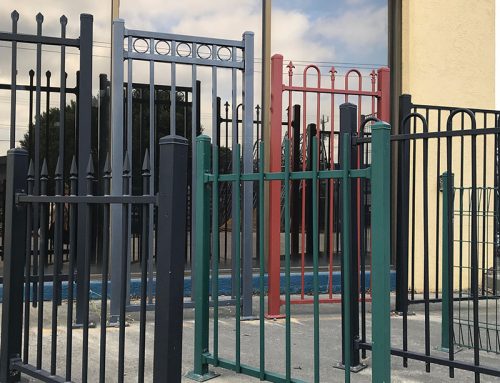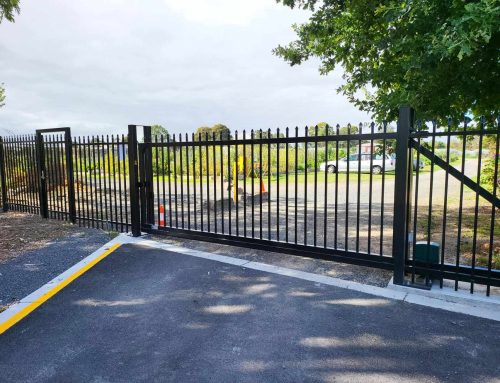In an era where the need for advanced security measures is important, automated fencing emerges as a solution that has changed the way we safeguard our premises.
Automated fencing is not just a physical barrier; it is a sophisticated integration of sensors, smart access controls, and responsive technologies that redefine our traditional notions of security. In this blog post, we will delve into automated fencing’s various forms, technological components and the benefits it brings to residential, commercial and industrial environments.
Automated Fencing
Automated fences represent a jump forward in the development of perimeter security, seamlessly combining traditional fencing structures with automation technologies. Electric gates, equipped with remote controls and programmable access codes allow users to manage their fences at the touch of a button or through smart devices.
The core of automated fencing lies in its sensory intelligence, using advanced sensors along the fence line that can detect unauthorised movements. Complemented by surveillance cameras, these systems provide a visual record and facilitate live monitoring for immediate threat assessment.
Types of Automated Fencing
Automated fences come in various types, each designed to cater to specific security needs. Below, you can find some common types of automated fencing types.
Electric Gates:
Electric gates can be remotely controlled, often featuring keypads, access cards or smartphone apps for secure entry.
Sensor-Activated Fencing:
This type of fencing uses sensors along the fence line to detect movement. When triggered, these sensors can activate alarms or other security measures.
Biometric Fencing:
Biometric fencing incorporates advanced identification methods such as fingerprint or retina scans for secure access control. A high-tech approach that adds a layer of security to your premises.
Video Surveillance Fencing:
This fencing has integrated cameras along the fence line to provide real-time monitoring and recording of movements.
Infrared Fencing:
Infrared fencing uses infrared technology that detects heat signatures and movement.
Remote-Controlled Fencing:
Fencing that can be controlled remotely through wireless technologies or mobile applications.
Solar-Powered Fencing:
Solar-powered automated fencing systems use solar energy to operate.
Benefits of Automated Fencing
Automated fences offer many benefits. It combines advanced technology with traditional security measures to create efficient border protection.
Firstly, automated fencing systems provide higher level of security by integrating various sensors and surveillance cameras. If the fencing has sensors along the fence line, they can detect unauthorised movements in real-time. By triggering immediate responses such as alarms or activating surveillance cameras, these sensors allow quick detection of any threat.
For the user’s convenience, remotely monitoring and managing automated fencing systems through mobile applications or other smart devices also allow quick responses to security events and convenient management on and off-site.
Furthermore, automated fences are highly customisable to meet exact security requirements. You can adjust the sensitivity levels of sensors, set access authorisations, and tailor response protocols according to individual needs.
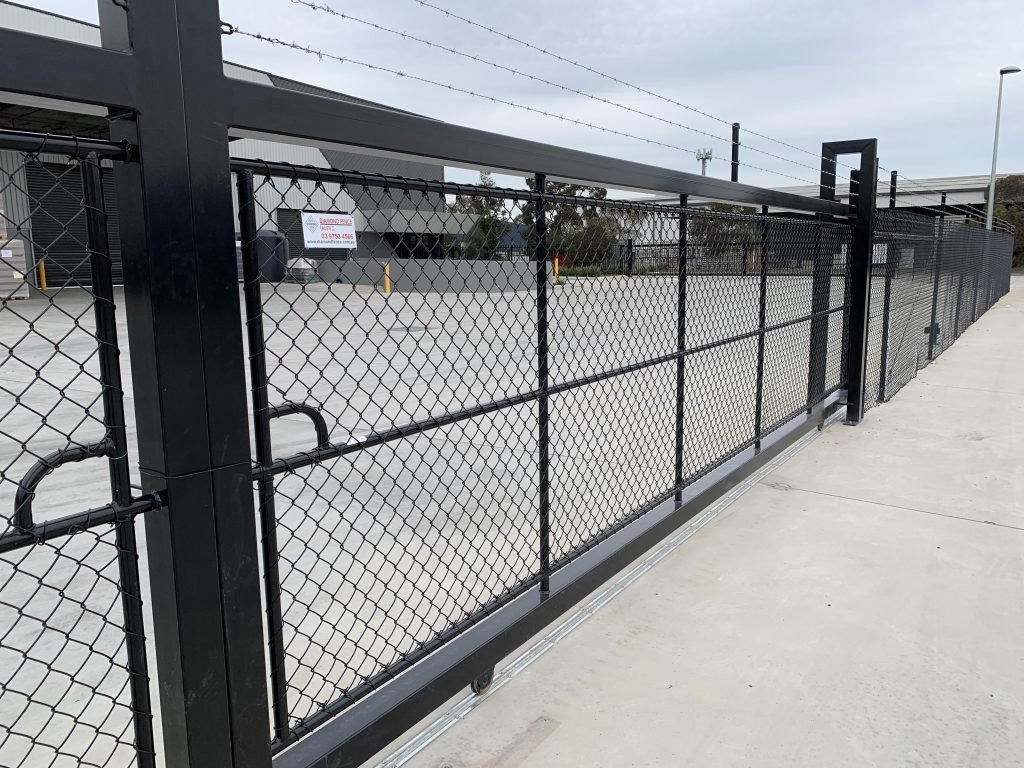
Interested in the automated fencing in Melbourne? Ask Diamond Fence!
If you are interested in exploring the steel fencing options provided by Diamond Fence in Melbourne and Greater Victoria, we encourage you to reach out to us today!
You can contact us by either sending an email to info@diamondfence.com.au or by placing a phone call to our dedicated line at (03) 9753 4566.
For your convenience, we have also an online enquiry form that offers an efficient means of communicating with us. This form allows you to submit any inquiries or concerns you may have.
We eagerly await the opportunity to assist you further and provide the necessary details regarding your steel fencing enquiry.
